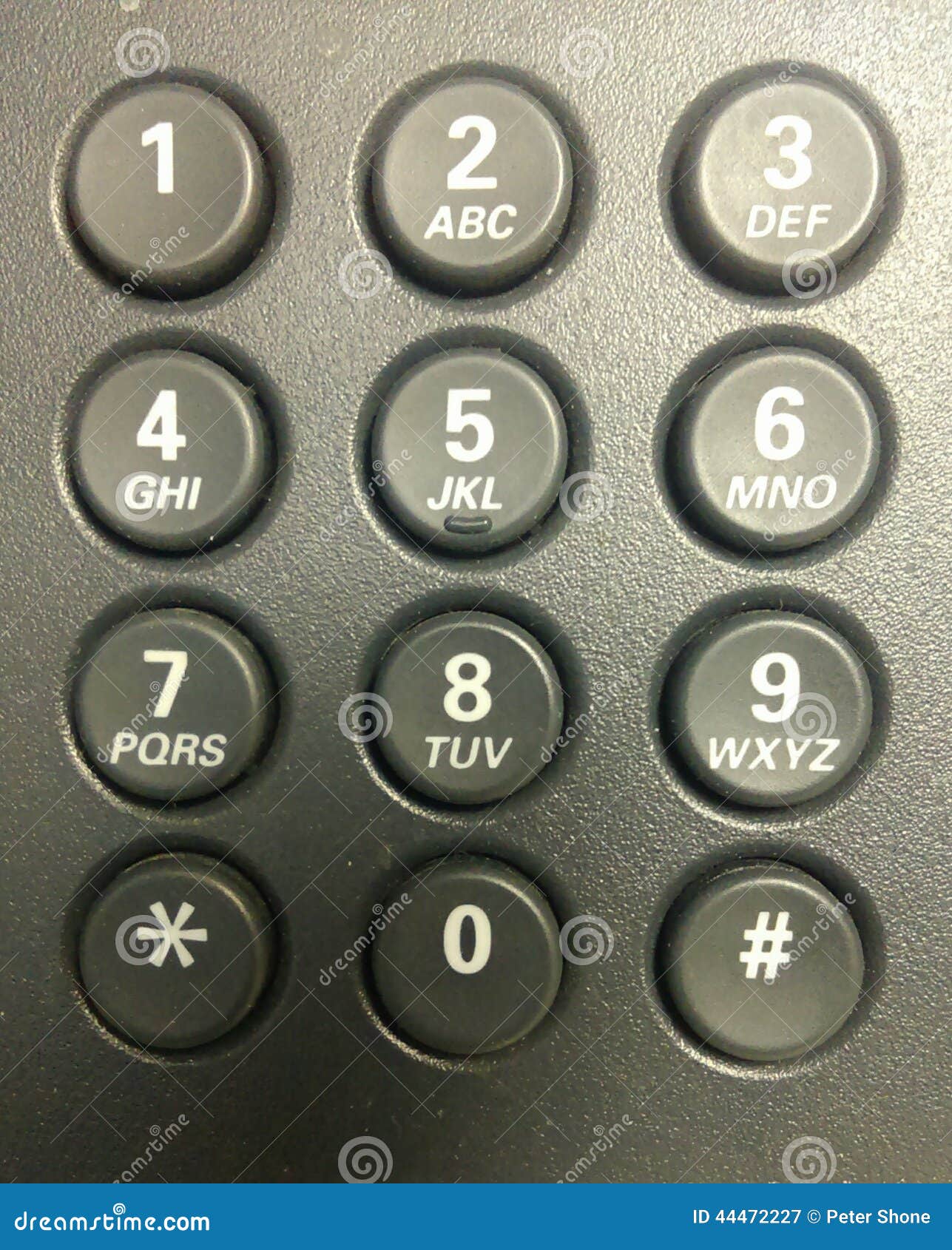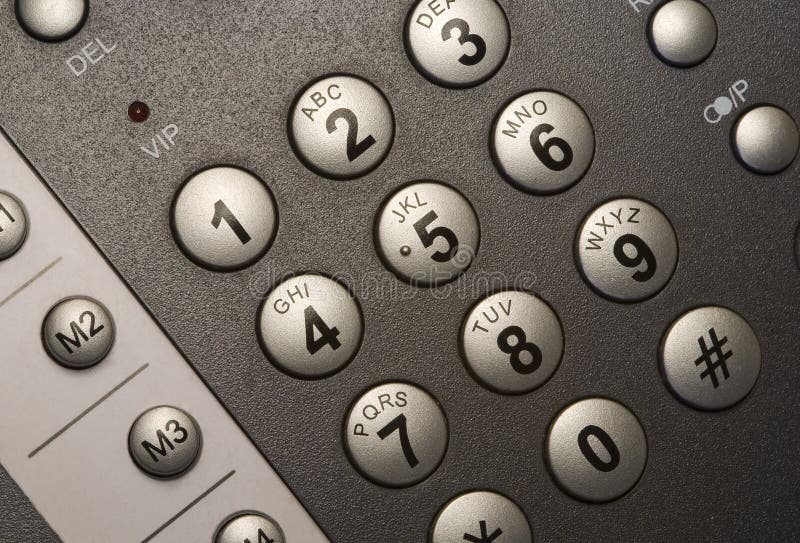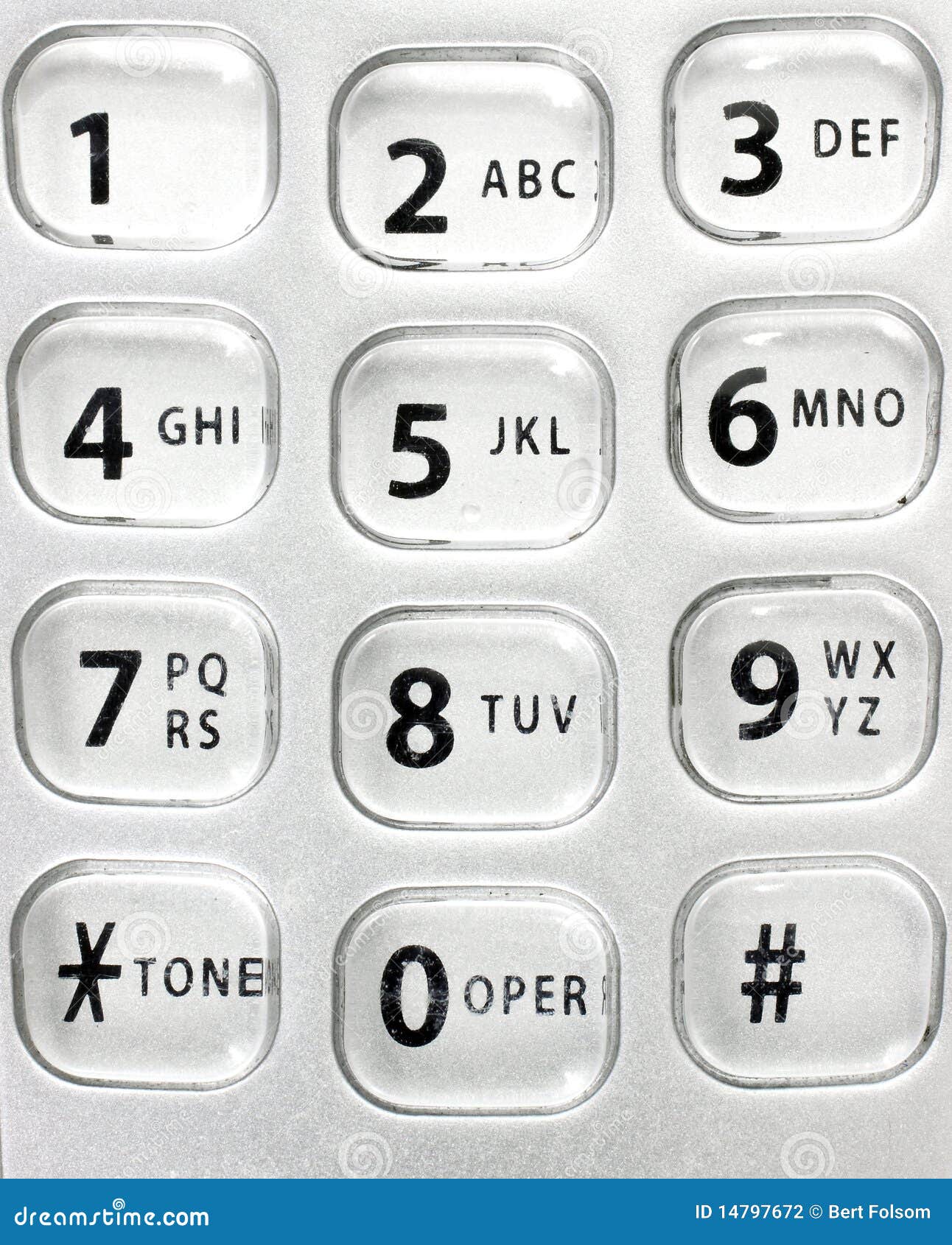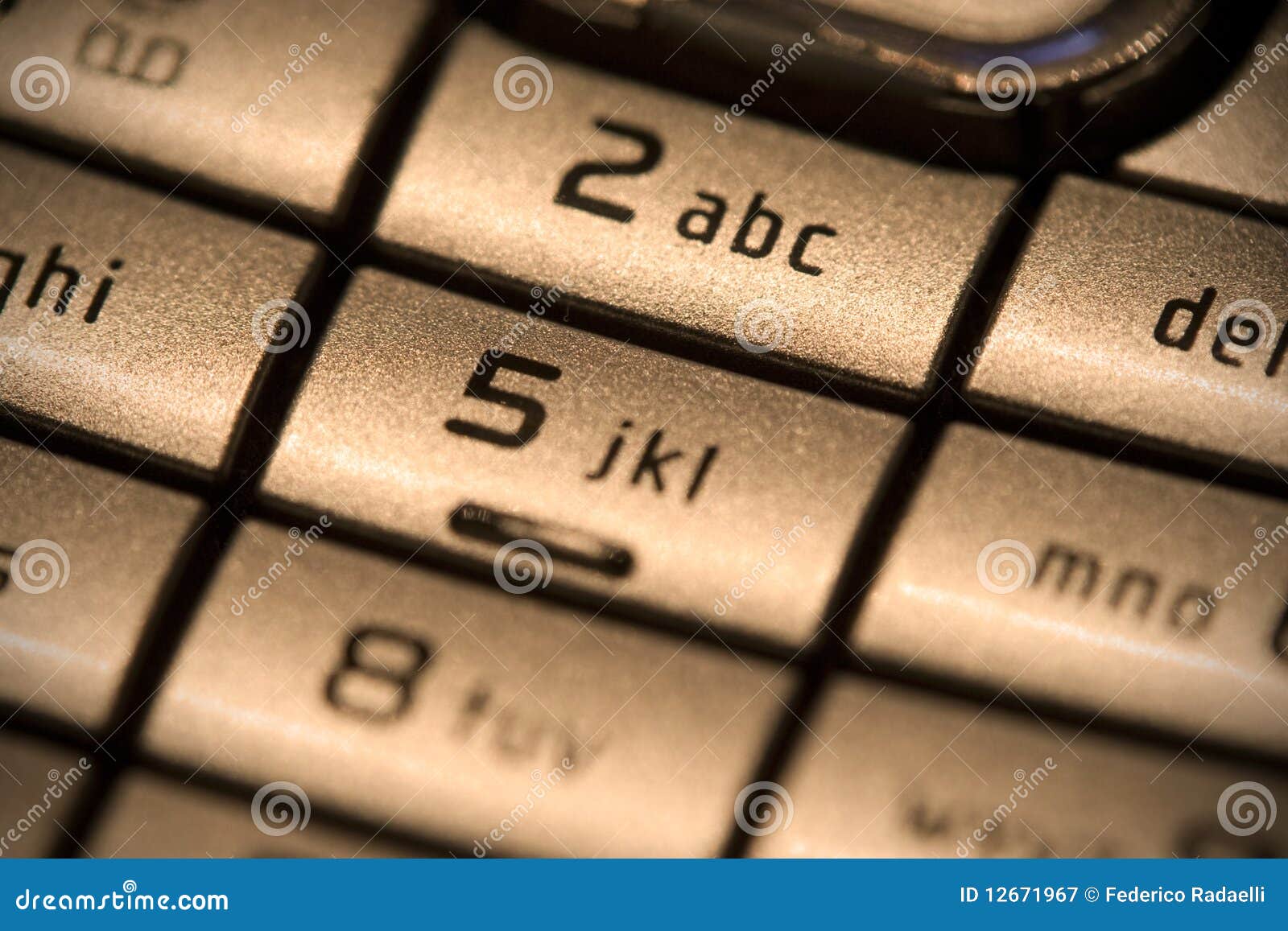

Before 1891, numerous competing inventions, and 26 patents for dials, push-buttons, and similar mechanisms, specified methods of signalling a destination telephone station that a subscriber wanted to call.

Addressing the technical shortcomings, Almon Brown Strowger invented a telephone dial in 1891. After the first commercial telephone exchange was installed in 1878, the need for an automated, user-controlled method of directing a telephone call became apparent.

The 0 precedes 1.įrom as early as 1836 onward, various suggestions and inventions of dials for sending telegraph signals were reported. The LM Ericsson Dialog from the 1960s that remained popular in Sweden and Finland up until the 1980s Swedish rotary telephone. ( January 2021) ( Learn how and when to remove this template message) You may improve this section, discuss the issue on the talk page, or create a new section, as appropriate. The examples and perspective in this section deal primarily with the United States and do not represent a worldwide view of the subject. Although no longer in common use, the rotary dial's legacy remains in the verb "to dial (a telephone number)". Touch-tone technology primarily used a keypad in the form of a rectangular array of push-buttons. įrom the 1960s onward, the rotary dial was gradually supplanted by DTMF (dual-tone multi-frequency) push-button dialing, first introduced to the public at the 1962 World's Fair under the trade name "Touch-Tone". While used in telephone systems of the independent telephone companies, rotary dial service in the Bell System in the United States was not common until the early 1920s.

The first patent for a rotary dial was granted to Almon Brown Strowger on November 29, 1892, but the commonly known form with holes in the finger wheel was not introduced until about 1904. Thus, each of the ten digits is encoded in sequences to correspond to the number of pulses thus, the method is sometimes called decadic dialing. During this return rotation, an electrical switch interrupts the direct current (DC) of the telephone line ( local loop) the specific number of times associated with each digit and thereby generates electrical pulses which the telephone exchange decodes into each dialed digit. When released at the finger stop, the wheel returns to its home position driven by the spring at a speed regulated by a governor device. For dialing a digit, the wheel is rotated against spring tension with one finger positioned in the corresponding hole, pulling the wheel with the finger to a stop position given by a mechanical barrier, the finger stop. On the rotary dial, the digits are arranged in a circular layout, with one finger hole in the finger wheel for each digit. It is used when initiating a telephone call to transmit the destination telephone number to a telephone exchange. The associative lettering was originally used for dialing named exchanges but was kept because it facilitated memorization of telephone numbers.Ī rotary dial is a component of a telephone or a telephone switchboard that implements a signaling technology in telecommunications known as pulse dialing. JSTOR ( February 2015) ( Learn how and when to remove this template message)Ī traditional North American rotary telephone dial.Unsourced material may be challenged and removed. Please help improve this article by adding citations to reliable sources. This article needs additional citations for verification.


 0 kommentar(er)
0 kommentar(er)
